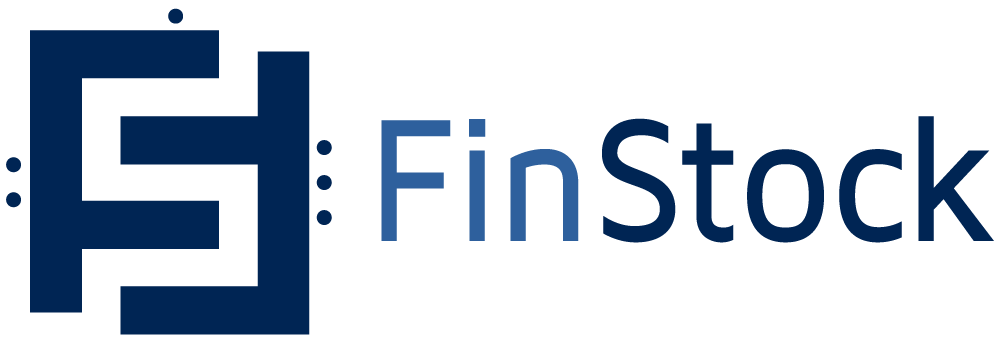“Good old supply chain. It just gets simpler every year!”
… said no VP of supply chain ever.
We’ve created quite a monster with all the sophisticated tools we use to influence demand with pricing, new product introductions and promotions. Internet-fed trends are changing at hyper-speed. As businesses use more “levers” to influence demand, demand variability grows. The good news is that you can model those levers to actually reduce variability and guarantee service to customers.
What is Demand Sensing?
Demand sensing is essentially the art and science of picking up on short-term trends immediately so you can better predict what consumers will want, when and where. Instead of working with the same forecast for a month, you’re empowered to challenge that forecast with the latest sales data and make improvements that boost profits.
Short-term forecast tuning adds up to long-term savings. Like high-speed trading, demand sensing gives you the ability to rapidly analyze demand data and decide to act–or not.
Today we’re focusing on two aspects of demand sensing:
1. Short-term forecasting leverages a high level of data granularity to analyze daily demand information as close as possible to the end customer and immediately detect changes in demand behavior.
2. Extending supply chain visibility by looking for patterns in point-of-sale (PoS), promotion, social media, NPI, weather, IoT, internet search and economic data to make near-term improvements to your forecast and inventory placement.
Both methods reduce demand uncertainty and enable critical adjustments to your forecast without waiting for your next forecast cycle.
Here are just a few ways demand sensing companies are turning insights into action:
Reduce demand latency when there’s a distributor/retailer between you and your customer. You’re likely collecting PoS data but aren’t using it to rapidly gain market insights and improve service. Demand sensing allows you to extract relevant information directly from PoS data to improve your sales forecast without having to wait for your distributor. “Win time” with earlier demand insights so you can better input supply signals. You can use demand sensing to give better short-term input to production/supply and correct the production plan accordingly by expediting or de-expediting orders, for example.
Make better use of existing inventory in the short-term. For example, you may have inventory available, but in the wrong place. Demand sensing helps you dynamically optimize inventory and balance your network by considering not only available inventory in regional warehouses, but also factor in expected/“refreshed” customer demand.
Generate more precise seasonal demand forecasts. Gaining rapid insights into demand so you can anticipate or react quickly is important for fast movers and seasonal products alike. Expanding visibility of the distribution network reduces demand latency and drives better supply through the network. You’ll be the first to know when everyone else runs out of stock. When an item doesn’t sell as expected, you can act quickly to adjust production and inventory to avoid obsolescence.
Right-size inventory for new product introductions. Product life cycles continue to get shorter; new products are continuously coming in and superseding existing products. Demand sensing helps ensure you have the right amount of the previous products and confidence in inventory you’ll need to meet demand for new products.
Better understand promotion performance. Use sell-in data such as promotion attributes and product and market data to understand the promotional uplift and better forecast demand for future promotions.
How Do You Get Started with Demand Sensing?
There are many ways to sense demand and each new insight can speed reaction time and boost profits. We see the biggest returns from demand sensing processes made of these three parts:
1. Short-term forecasting with sell-in data
The easiest way for companies to start sensing demand is to use the most granular historical data available. This usually involves analyzing daily sell-in/ship-to demand data using short time horizons and adjusting the forecast accordingly. This type of demand sensing factors in shipment history, which is readily available in most supply chain planning and/or ERP systems.
2. Incorporate sell-out data
When sensing demand, it’s important to brainstorm all the possible, useful data sources out there that stand to improve the forecast. Downstream sell-out data such as customer, PoS or channel data, for example, can help identify demand trends, give early warnings of problems, and close the gap between the plan and what’s actually happening in the supply chain.
3. Add external data and demand causals
Demand sensing can and should also integrate demand-correlated variables to create a robust forecast capable of responding to a wide range future events from the known to the unknowable. These include stock market fluctuations, competitors’ promotions, viral social media trends, new product introductions, weather and other external factors.
When you put all three pieces together—the sell-in and sell-out data along with relevant demand casuals—you gain the most complete, joined-up picture of demand possible. This also provides the foundation for highly automated demand sensing that frees up planners to apply their business knowledge to further improve forecasting and customer service.

